JOENSUU, Finland: In a new study, researchers from the University of Eastern Finland have developed a new, more affordable method of monitoring bruxism. While treatment usually looks at management of the condition, scientists believe that the expense of methods of evaluation, such as polysomnography, has inhibited investigation of the long-term efficacy of management methods.
In the study, part of a doctoral thesis project, the researchers worked with 13 male and 6 female volunteers between the ages of 12 and 32. Expanding on a screen-printed emergency electroencephalography electrode set previously developed by Finnish scientists, the team developed a method that allows polysomnographic sleep bruxism assessment to take place in the patient’s own home.
“The upgraded version of the electrode set is extremely well suited for accurate assessment of sleep bruxism severity. In fact, its diagnostic accuracy is similar to that of conventional polysomnography, when using the same methods for differentiating sleep bruxism-related activity from other nocturnal events,” said Tomi Miettinen, who undertook the research for his doctoral thesis.
While several user-friendly measuring devices are already available for consumers to use in the comfort of their own homes, the devices cannot always differentiate between sleep bruxism and other masticatory muscle activity, such as yawning and swallowing.
According to the study, nine out of ten at-home polysomnographic recordings were of good quality, and the electrical impedance of the electrodes was at an acceptable level 90% of the time. As the cost of polysomnography is so high, patients may only be able to afford one night of observation at a sleep laboratory, but the study presented supporting evidence for a previous finding of altered results for some patients on the first night of the sleep bruxism assessment. Additionally, out of the 101 recordings that took place, only one failed owing to problems related to the electrode set.
“The electrode set is especially well suited for recordings that are more demanding in assessing sleep bruxism activity accurately over the duration of several nights. The electrode set could be considered especially applicable for solving different research questions related to sleep bruxism, such as unclear connections between sleep bruxism activity and its presumed consequences and co-morbidities, as well as long-term efficacy of the management methods. As a tool, the electrode set has potential to increase our understanding of sleep bruxism, possibly resulting in more efficient methods to manage or even treat sleep bruxism,” concluded Miettinen.
The thesis results were published online on 12 August 2019 in an article titled “Polysomnographic scoring of sleep bruxism events is accurate even in the absence of video recording but unreliable with EMG-only setups” in Sleep and Breathing, ahead of inclusion in an issue.
Tags:
MALMÖ, Sweden: Research has shown that bruxism not only causes damage to teeth but may also result in implant failure. To further investigate the issue, ...
AARHUS, Denmark: As the implementation of artificial intelligence (AI) in the dental industry continues to accelerate, there appears to be a growing ...
A prevailing myth in healthcare is that the expertise of practitioners is only accessible on-site. The reality is becoming quite different today. With the ...
OSLO, Norway: The painful condition of burning mouth syndrome (BMS) has similar symptoms, including a tingling sensation in the mouth, to conditions such as...
UMEÅ, Sweden: Orofacial pain, including pain associated with temporomandibular disorder (TMD), is a common chronic condition, affecting 10%–15% of the ...
COPENHAGEN, Denmark: The board of directors at 3Shape has named Jacob Vishof Paulsen as the company’s new CEO. Paulsen succeeds Jakob Just-Bomholt, who ...
COPENHAGEN, Denmark: A study conducted by researchers in France has suggested that people who believe that external factors—such as luck or ...
In June, Dental Tribune International reported on an incisive study that explored the perspectives of dental patients on the ever-increasing role played by ...
OSLO, Norway: Alleviating stress for fearful dental patients, especially vulnerable ones such as children, is of paramount concern for dentists. Now, a ...
KUOPIO, Finland: It is well established that coeliac disease can adversely affect oral health, yet the underlying mechanisms are not fully understood. A ...
Live webinar
Monday, 12. January 2026
15:00 CET (Oslo)
Prof. Judith Jones D.D.S; M.P.H., Prof. Kakuhiro Fukai D.D.S., Ph.D, Dr. Bathsheba (Bethy) Turton
Live webinar
Wednesday, 14. January 2026
18:00 CET (Oslo)
Dr. Théo Laplane, Dr. Robert Gottlander DDS
Live webinar
Friday, 16. January 2026
18:00 CET (Oslo)
Live webinar
Monday, 19. January 2026
19:00 CET (Oslo)
Philipp Kopp, Michael Seeber
Live webinar
Thursday, 22. January 2026
20:00 CET (Oslo)
Dr. Nicola M. Grande DDS, PhD
Live webinar
Wednesday, 28. January 2026
14:00 CET (Oslo)
Live webinar
Wednesday, 28. January 2026
17:00 CET (Oslo)
Prof. Dr. Jan-Frederik Güth



 Austria / Österreich
Austria / Österreich
 Bosnia and Herzegovina / Босна и Херцеговина
Bosnia and Herzegovina / Босна и Херцеговина
 Bulgaria / България
Bulgaria / България
 Croatia / Hrvatska
Croatia / Hrvatska
 Czech Republic & Slovakia / Česká republika & Slovensko
Czech Republic & Slovakia / Česká republika & Slovensko
 France / France
France / France
 Germany / Deutschland
Germany / Deutschland
 Greece / ΕΛΛΑΔΑ
Greece / ΕΛΛΑΔΑ
 Hungary / Hungary
Hungary / Hungary
 Italy / Italia
Italy / Italia
 Netherlands / Nederland
Netherlands / Nederland
 Nordic / Nordic
Nordic / Nordic
 Poland / Polska
Poland / Polska
 Portugal / Portugal
Portugal / Portugal
 Romania & Moldova / România & Moldova
Romania & Moldova / România & Moldova
 Slovenia / Slovenija
Slovenia / Slovenija
 Serbia & Montenegro / Србија и Црна Гора
Serbia & Montenegro / Србија и Црна Гора
 Spain / España
Spain / España
 Switzerland / Schweiz
Switzerland / Schweiz
 Turkey / Türkiye
Turkey / Türkiye
 UK & Ireland / UK & Ireland
UK & Ireland / UK & Ireland
 International / International
International / International
 Brazil / Brasil
Brazil / Brasil
 Canada / Canada
Canada / Canada
 Latin America / Latinoamérica
Latin America / Latinoamérica
 USA / USA
USA / USA
 China / 中国
China / 中国
 India / भारत गणराज्य
India / भारत गणराज्य
 Pakistan / Pākistān
Pakistan / Pākistān
 Vietnam / Việt Nam
Vietnam / Việt Nam
 ASEAN / ASEAN
ASEAN / ASEAN
 Israel / מְדִינַת יִשְׂרָאֵל
Israel / מְדִינַת יִשְׂרָאֵל
 Algeria, Morocco & Tunisia / الجزائر والمغرب وتونس
Algeria, Morocco & Tunisia / الجزائر والمغرب وتونس
 Middle East / Middle East
Middle East / Middle East
























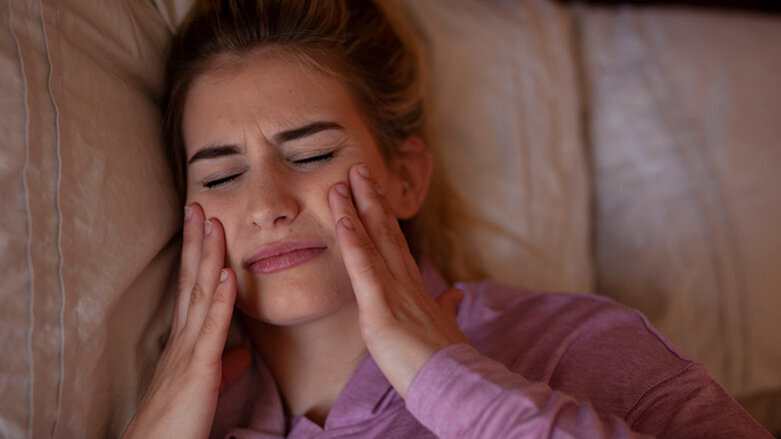



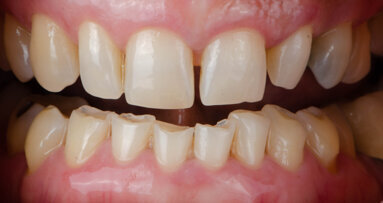
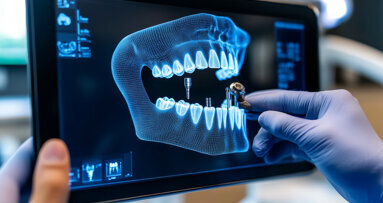





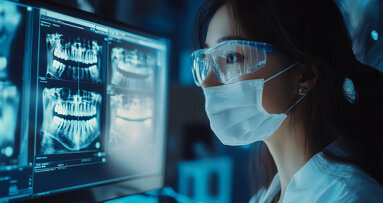

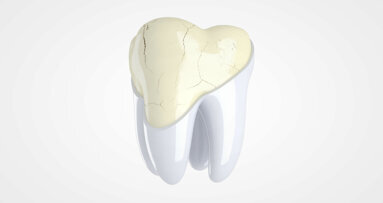










To post a reply please login or register